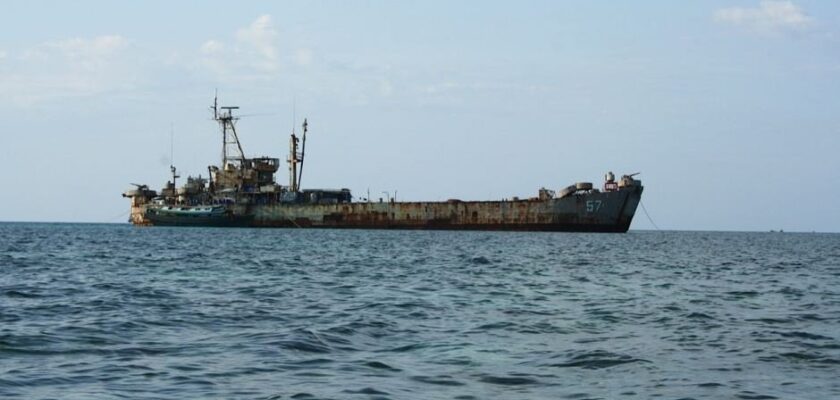Spratly Islands
This attraction is related to the countries:VietnamChinaChina , MalaysiaPhilippinesBruneiThe Spratly Islands are an archipelago in the southwestern South China Sea. In 1791, the winds and currents carried into these waters the ship of the British captain Henry Spratly, after whose surname countless pieces of land in the middle of the South China Sea became known in Europe as the Spratly Islands. The word “countless” has in this case the most literal meaning: the exact number of geographical objects that make up the archipelago is unknown and is unlikely to ever be accounted for, because the reefs emerge from the water only at low tide, and many small islands are periodically easily eroded by storms and just as easily arise again.
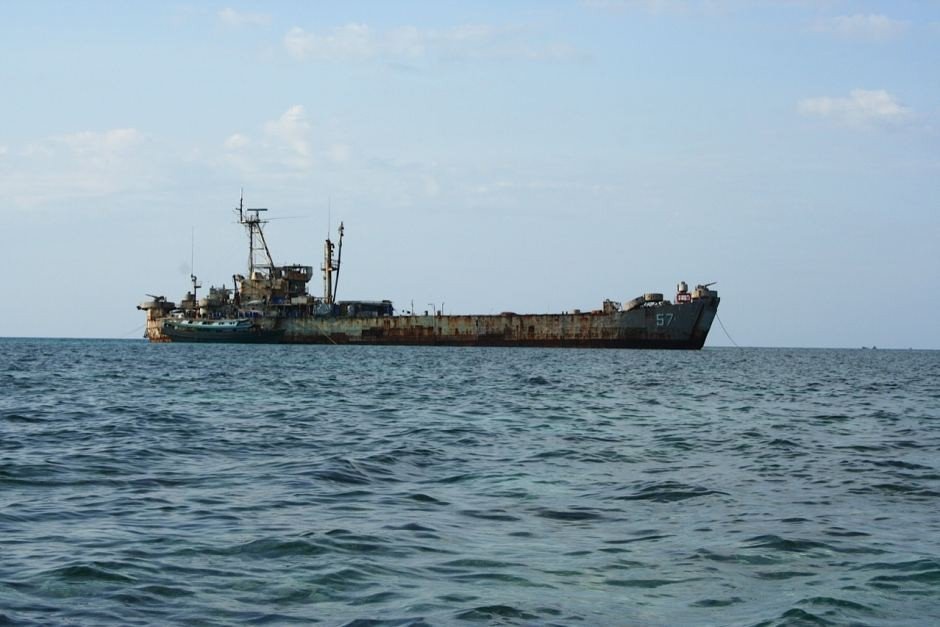
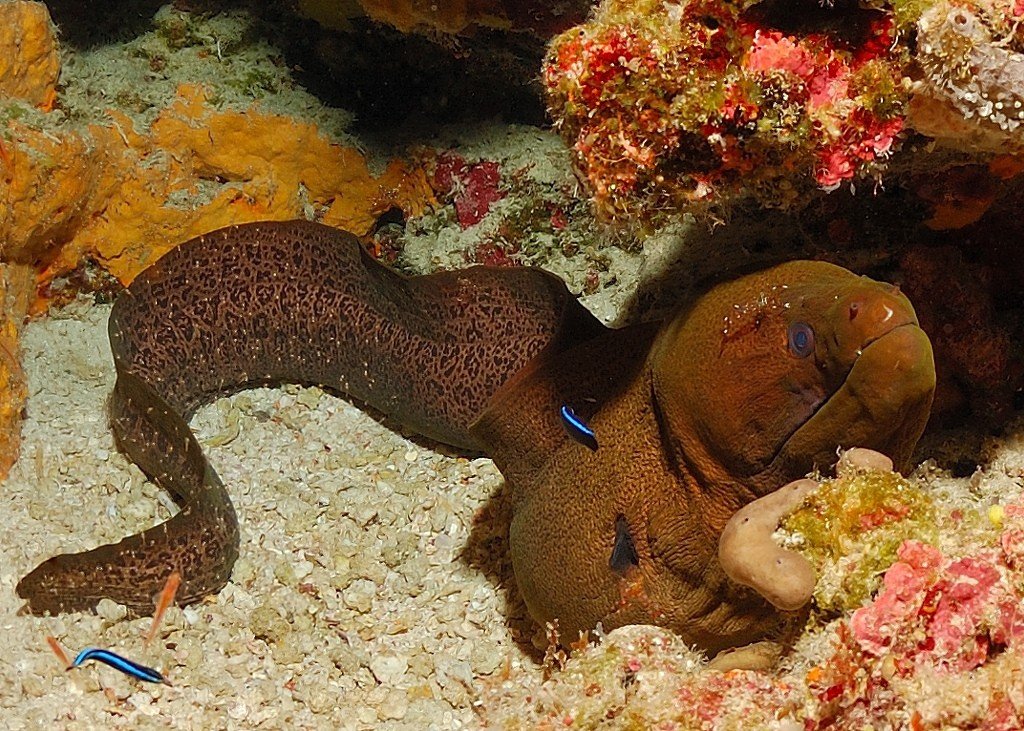
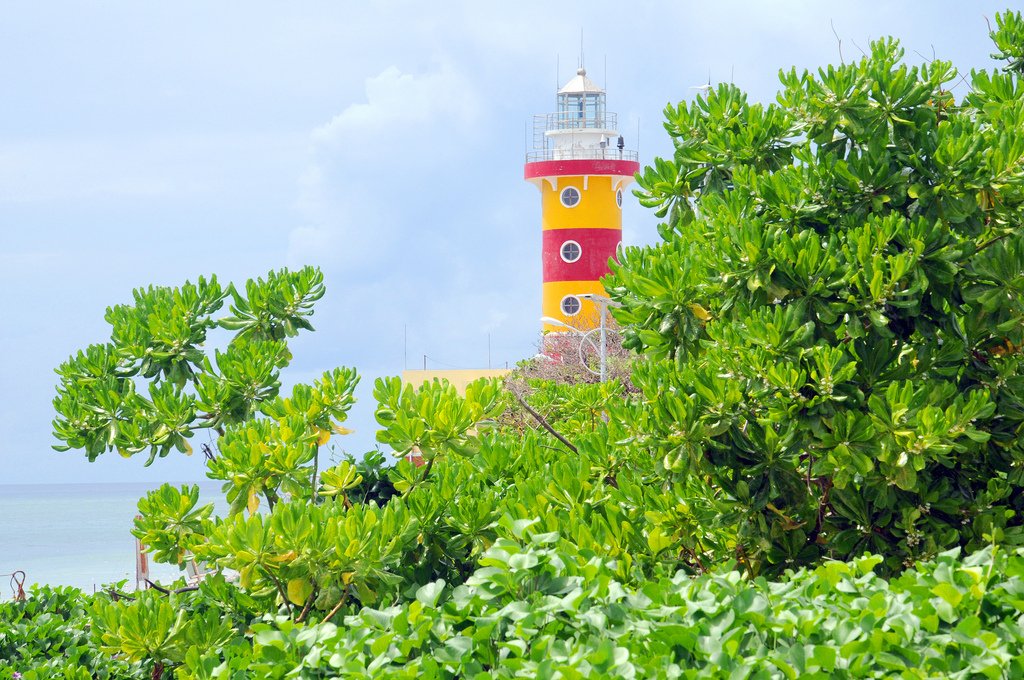
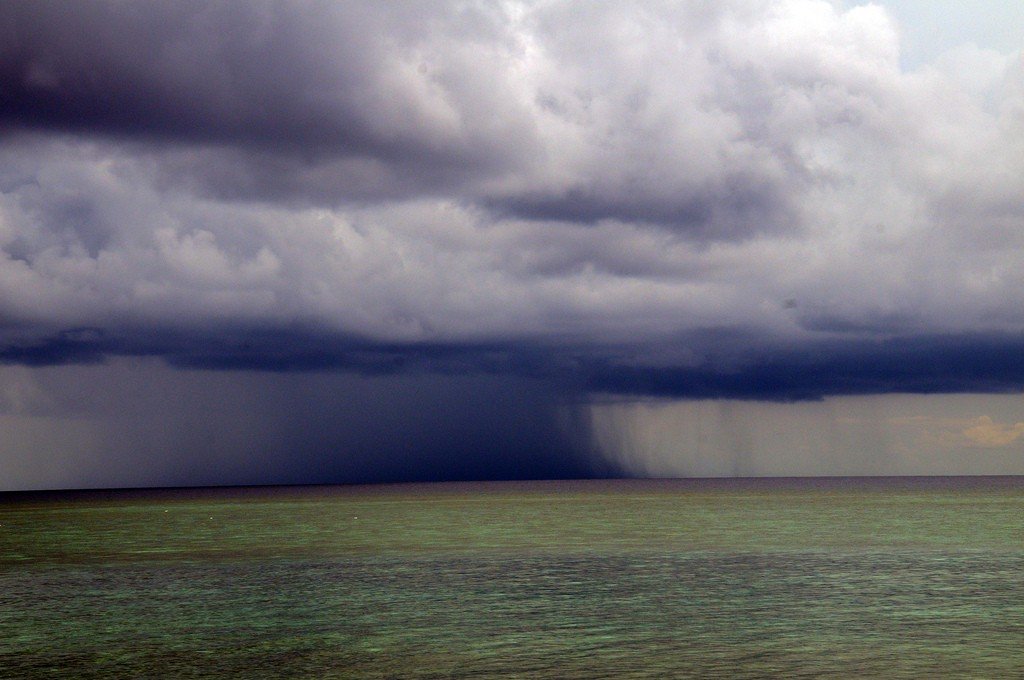
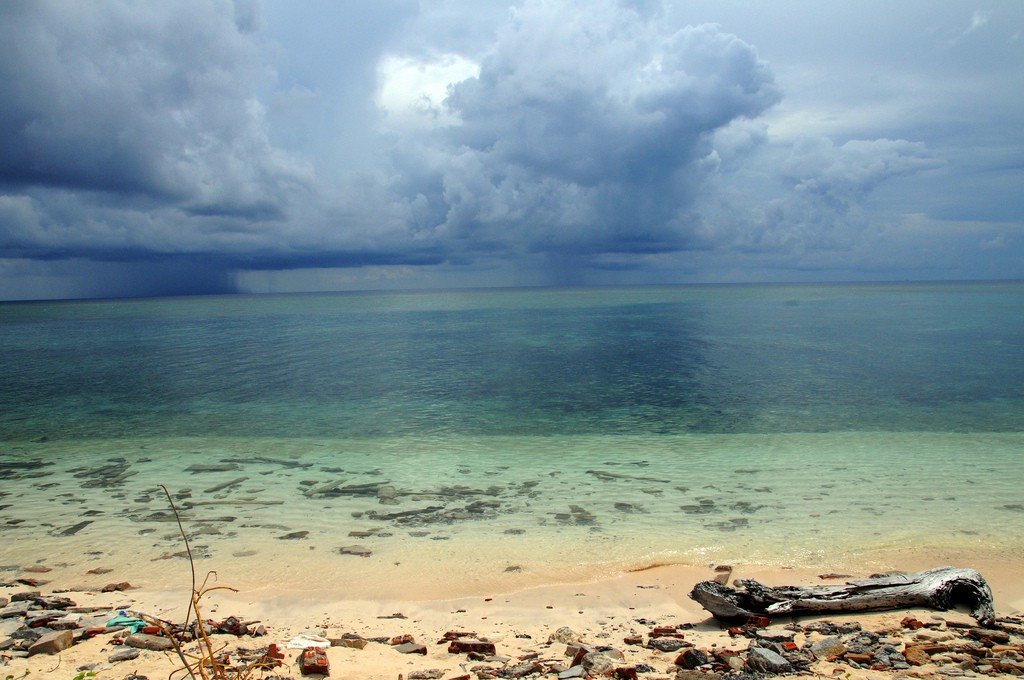
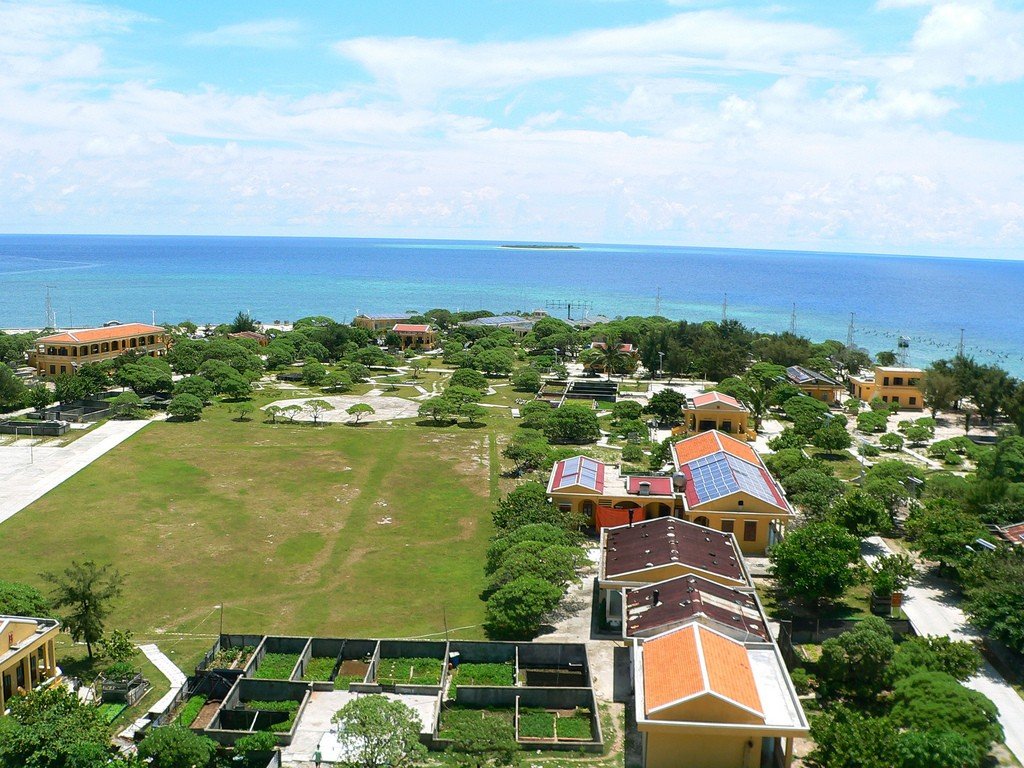
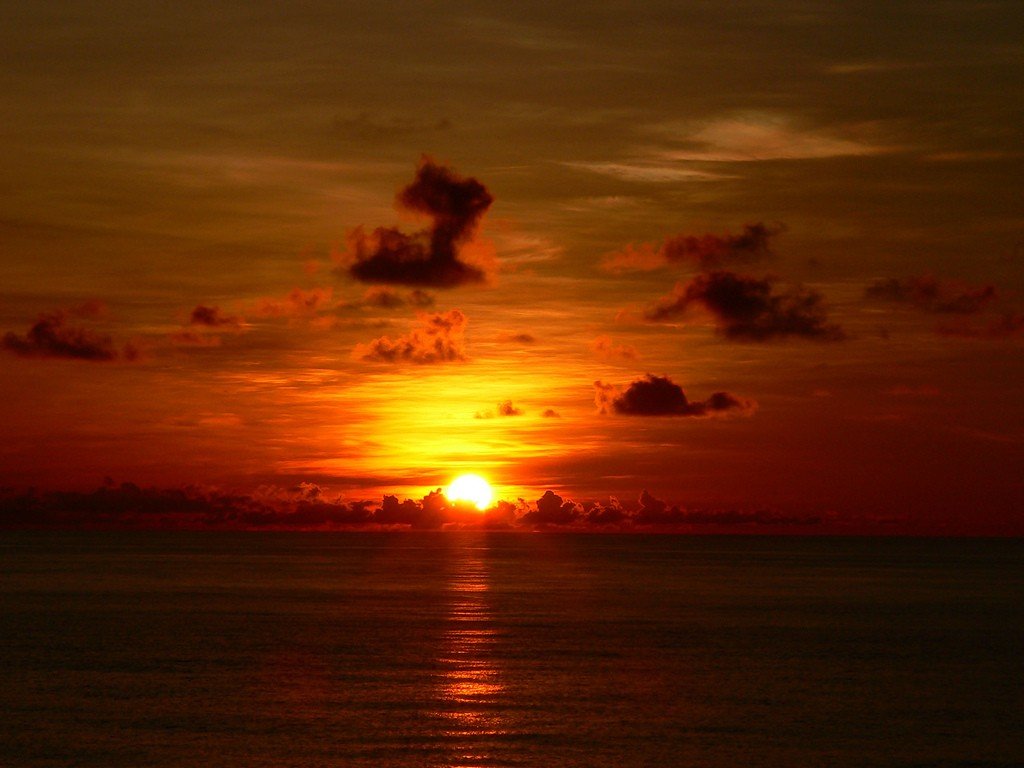
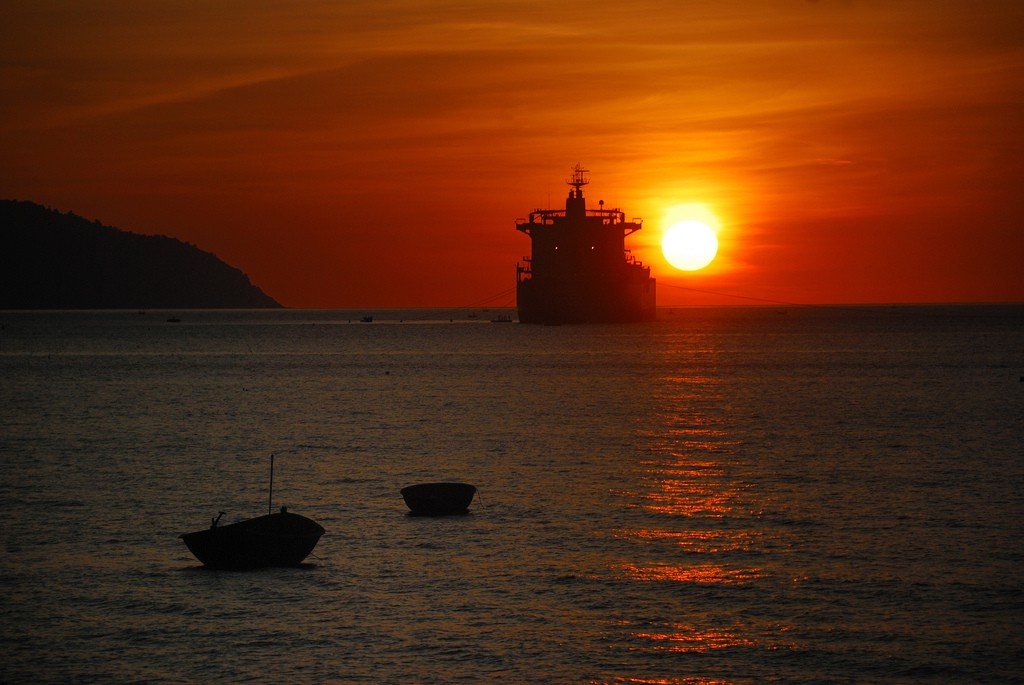
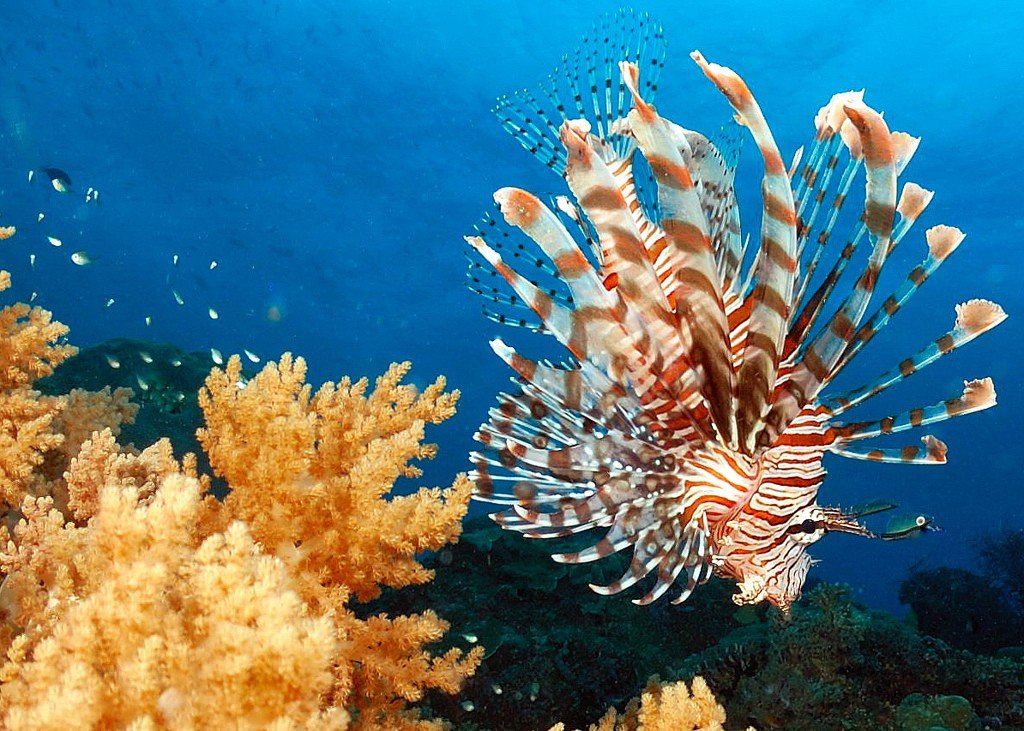
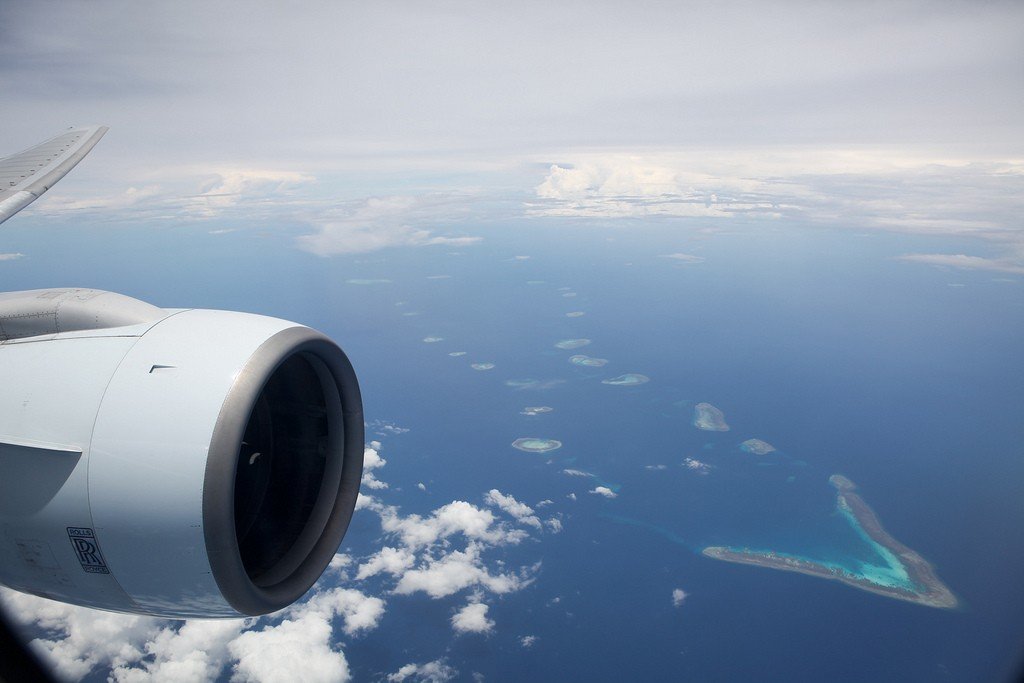
General Information
With few exceptions, the islands of the Spratly group are as desolate as they are numerous. Their small area and almost total lack of fresh water make them habitable only for seabirds. Despite their seeming uselessness, the South China Sea islands have for years been a bone of contention between China, Vietnam, Malaysia, Indonesia, Brunei, the Philippines, Vietnam, Malaysia, Indonesia, Brunei, the Philippines, and Taiwan. The tone in these disputes as a great power is set by China, whose historians claim that the coveted islands were known to the sons of the Celestial Empire as early as the first centuries AD. In China, the Spratly group is called the Nansha Islands (Southern Sands) and is considered the territory of the Middle Kingdom. Other claimants are eagerly disputing the validity of the assertions of Chinese scientists and diplomats. The excitement around the seemingly worthless islands becomes understandable if we remember that one of the busiest maritime routes on the planet, connecting ports in Europe and the Far East, passes nearby. Control over the Spratly Islands automatically means control over shipping in the waters of the South China Sea. In addition, according to many geologists, in the thickness of the ocean bed in this area abundantly flows the blood of modern civilization – oil…
.
At different times and by different methods, all the rival countries have managed to acquire their own “plots” in the disputed water areas. On the controlled atolls there are posts with national flags flying above them. Due to the disparity of capabilities of the disputants, these structures vary from piled barracks to concrete forts armed with anti-aircraft artillery and garrisoned by naval commandos. Carefully planned “fishing” and “scientific” expeditions depicting “economic activity” appear in the surrounding waters, and there are regular demonstrations of naval might.
It is not hard to guess that such “muscle play” in a secluded corner of the ocean occasionally results in armed clashes. The relations between China and Vietnam are particularly dramatic in this area. For a long time, nationals of these countries visited the Spratly atolls as equals, sheltering from the weather, fishing for fish and pearls, or searching for valuables from European ships that had been wrecked on the reefs. Although some were not averse to pirate attacks on their neighbors’ junks on occasion, the waters of the South China Sea were generally peaceful. Until the beginning of the last century, the state affiliation of the atolls was of little concern to anyone. Only in the mid-1920s the authorities of French Indochina, realizing the strategic importance of the island group, organized an expedition to study it. In 1933, France officially announced the inclusion of the Spratly Islands in its Indochinese possessions. If at that moment the Chinese did not agree with this development, there was nothing they could do: the civil war was in full swing in the divided country, and the bayonets of Japanese armies ready to invade were already glistening on its borders. By the end of the decade, French military posts, weather stations, and lighthouses were operating on several islets in the South China Sea. In 1939, Japan, determined to sweep all of Asia under its imperial comb, occupied the Spratly archipelago and for nearly seven years turned its largest islands into supply bases for its navy. France’s feeble protests were quickly drowned in the rumblings of a world war breaking out…
.
The end of the worldwide massacre coincided with the first sprouts of a future territorial dispute. In 1946, Chinese and French troops appeared almost simultaneously on the islands of the South China Sea, with the clash averted by a Chinese Communist offensive that had just begun, once again focusing Generalissimo Chiang Kaishi’s attention on domestic issues. By the mid-1950s, the balance of power in the region had completely changed: France had lost its Indochinese possessions, Vietnam had split into two warring states, and the young People’s Republic of China was rapidly gaining power. For a long time Beijing did not take any active steps with regard to the Spratlys: the pro-American Saigon regime had troops stationed on the atolls of the South China Sea, and actions against them could well be fraught with conflict with the mighty Uncle Sam. Only by the mid-1970s, when the outcome of the years-long war in Vietnam was already a foregone conclusion, did China decide to make its first show of force. On January 19, 1974, a squadron of Chinese warships appeared near the Para Sel Islands, a small archipelago representing the northern “constellation” of atolls in the South China Sea. The South Vietnamese Navy put up a desperate resistance to the aliens. For a while, their heavily armed American-built frigates held up well against the superior “Red” forces, but Chinese MiGs, launched from airfields on Hainan Island, allowed the Chinese navy to win its first victory. On January 20, 1974, the Para Village Islands were occupied by the Chinese Marines and later became part of Hainan Province under the name of the Xisha (Western Sands) Islands. Despite Saigon’s tearful pleas and even having an American liaison officer taken prisoner by the Chinese Communists for several days, the U.S. 7th Fleet forces took no part in the events. In communist Hanoi, dependent on economic and military aid from its northern neighbor, the “Chineseization” of the Paracel Islands was silently swallowed like a bitter pill.
.
Today, the PRC and the SRV have the most impressive military forces in the Spratly Islands. The neighbors cling tightly to the atolls they control and jealously watch each other, accompanying any sudden movement of the opponent with a storm of protest notes. The last major Vietnamese-Chinese armed clash in the waters of the archipelago took place on March 14, 1988, when about 70 Vietnamese sailors were killed in a naval battle off Johnson Reef (the Chinese side’s casualties were not made public). The most recent military incident in the South China Sea dates back to 1996, when, according to several sources, PRC and Philippine ships engaged in an artillery duel for an hour and a half near Campones Island.
.
While in Vietnam, a foreign tourist can hardly expect to be able to visit the Spratly atolls. An attempt by the Vietnamese authorities to organize such an excursion for foreigners in April 2004 immediately provoked a strong reaction from Beijing. As far as the author of these lines knows, the chance to visit the “islands of discord” is now offered to tourists only by Malaysia, which has opened a small diving club on “its” atoll…
.